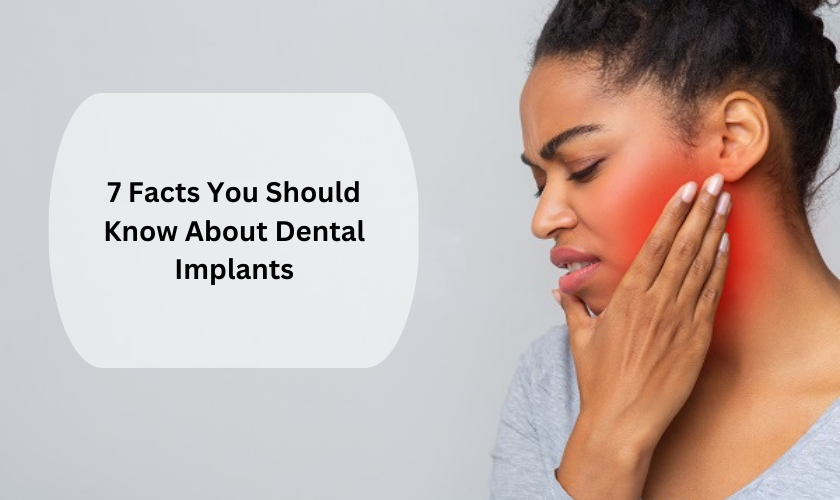
Things You Need To Know About TMJ
TMJ, or the temporomandibular joint, is an important anatomical structure that plays a crucial role in many of the everyday body functions that we take for granted. From talking to chewing and from breathing to yawning, TMJ is involved in it all! This makes TMJ dysfunction particularly concerning, as it can cause immense pain and discomfort. Here are some things you need to know about TMJ.
Symptoms of TMJD:
TMJD (temporomandibular joint disorder) occurs when there is a disruption in the normal functioning of TMJ. The most common symptoms associated with TMJD include jaw pain, headaches and neck aches, difficulty opening the mouth wide, clicking or popping of TMJ, and locking of the jaw when opened.
TMJ Diagnosis:
If you experience any TMJD symptoms, it is important to get a professional diagnosis from your dentist. The diagnosis process may include radiographs, physical examination, and other tests to assess the TMJ’s movement and range of motion.
TMJ Treatment:
Once a proper diagnosis has been made, it’s important to seek treatment as soon as possible to reduce pain and improve TMJ functioning. Common treatments for TMJD include physical therapy, anti-inflammatory medications, lifestyle modifications such as avoiding hard foods or using heat or cold compressions. In some cases, TMJ surgery may be recommended.
TMJ Prevention:
It is also important to note that TMJD can be prevented with good oral hygiene and a healthy lifestyle. Avoiding grinding or clenching your teeth, maintaining a balanced diet, avoiding hard foods, and getting regular dental checkups can help prevent TMJD from occurring in the first place.
Impact of TMJD on Oral Health:
TMJ dysfunction can have serious implications for patients’ overall oral health. TMJD can cause tooth sensitivity and damage due to excessive grinding or clenching of the teeth, which can lead to enamel erosion and cavities over time. TMJD has also been linked to TMJ arthritis, gum disease, and TMJ dislocation.
TMJ Arthritis:
TMJ arthritis occurs when the cartilage around TMJ is damaged due to overuse or injury. This can cause pain and inflammation in the joint, which can lead to decreased range of motion in the jaw. TMJD patients should seek treatment from their dentist as soon as possible if they experience signs of TMJ arthritis such as swelling, tenderness, or limited mobility in their jaw.
Gum Disease:
Gum disease is another common complication associated with TMJD that may be caused by excessive grinding or clenching of teeth. Symptoms of gum disease include redness and swelling of the gums, bad breath, and receding gums. TMJD patients should seek treatment from their dentist to prevent further damage and preserve their oral health.
TMJ Dislocation:
TMJD can also lead to TMJ dislocation which occurs when the jaw is forced out of its normal position due to trauma or overuse of TMJ. TMJ dislocation can be extremely painful and require medical attention for proper diagnosis and treatment.
FAQs:
Q1. How do I know if I have TMJD?
A1. If you experience any symptoms associated with TMJD such as jaw pain, stiffness, or difficulty opening your mouth wide, you should seek professional diagnosis from your dentist.
Q2. Are there any treatments for TMJD?
A2. Yes, there are many treatments available for TMJD including physical therapy, anti-inflammatory medications, lifestyle modifications, and in some cases surgery. Your dentist will be able to recommend the best treatment option for you based on the severity of your TMJD symptoms.
Q3. How can I prevent TMJD from occurring?
A3. TMJD can be prevented with good oral hygiene, a balanced diet, avoiding hard foods, and getting regular dental checkups. Additionally, avoiding grinding or clenching your teeth can help reduce the risk of TMJD occurring in the first place.
Conclusion:
TMJD is a common disorder that affects many people around the world, but if managed properly with timely diagnosis and treatment, it can be successfully treated. It’s important to understand the symptoms, diagnosis process, treatments available, and prevention measures to keep TMJ functioning properly.
